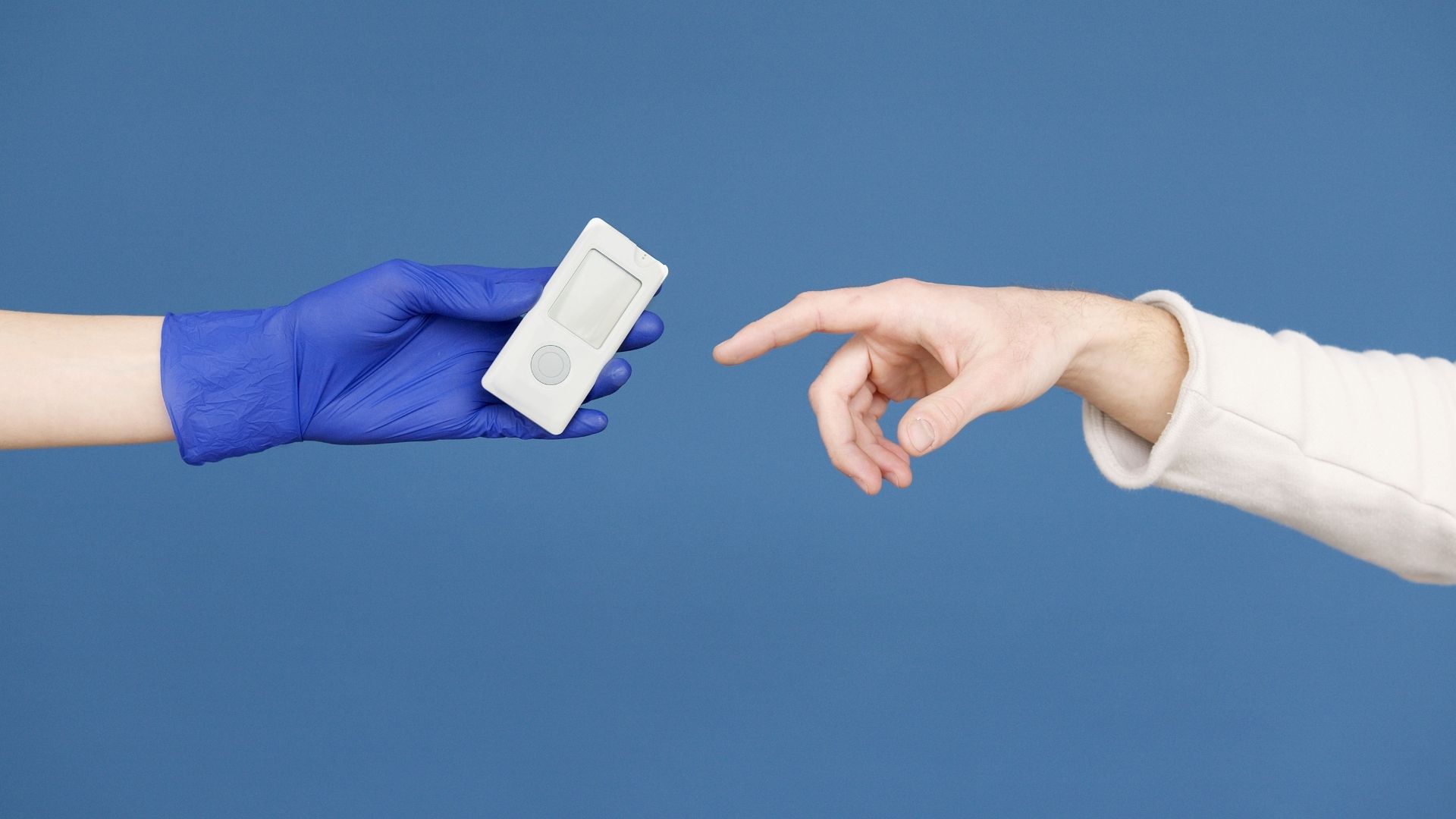In a view of the last two years overcoming the global pandemic, two facts became obvious. Firstly, an increasing number of healthcare organizations admit that every business today is a digital business, and digital transformation is inevitable. This year also stimulated overall transformation and renovation as technology rapidly reshapes industries and the consumer experience. Today, at the moment we are slowly rethinking our post-pandemic reality, it is the right time for the healthcare industry to become more agile and fast-moving in testing and implementing healthcare technologies. And it’s about time. Suffice it to say, the current market for AI in healthcare is worth about $760 million. Over the next four years, it is expected to grow to over $6 billion.
Health providers that are tending to AI implementation are likely to gain financial benefits through cost-cutting in the longer term as they use AI to modify their services and provide better patient care.
Several AI-based solutions are already being used to improve the human performance of different tasks. To gain an overall view of how artificial intelligence is being used in healthcare, let’s do a deep dive into this area.
AI solutions for doctors
The main tasks for AI in health institutions are clinical decision support and imaging analysis. Machine learning algorithms analyze data for making more precise diagnostics and data-based treatment plans.
- Diagnostic imaging interpretation: Using deep learning programs and categorization technology, AI-enabled medical imaging systems are now equipped with algorithms for faster and more accurate image reading, including X-rays, MRI exams, and CT scans.
- Precision health: This is a relatively new AI solution focused on preventative care, and based on patient data collected from genetic information, wearable devices, and advanced electronic health systems. Using information such as a patient’s lifestyle, environment, and biometric healthcare data, AI-enabled precision health tools can identify potential risks and suggest preventative interventions.
AI can also share the expertise and performance of specialists to supplement providers who might otherwise lack that expertise. Ophthalmology and radiology are popular targets, especially because AI image-analysis techniques have long been a focus of development.
AI solutions for patients
With a growing focus on patient experience and engagement in healthcare, it’s natural that AI has been adapted to serve patients as well as providers. Through the use of AI-enabled interfaces, patients now have more power and control over their care paths.
Two examples of patient solutions using artificial intelligence are:
- Virtual health assistants: using augmented reality, cognitive computing, and speech and body recognition software, a virtual persona is created for patients to engage with. These virtual health assistants can provide a personalized experience in which patients can ask questions and learn how to better manage their health.
- Healthcare bots for customer service: This AI application is an interactive chatbot that uses natural language processing (NLP), sentiment analysis, and concept extraction algorithms to respond to patient statements and questions around administrative things such as bill payment, appointment scheduling, or medication refills.
Patients do a better job of managing their own chronic conditions and that outcomes improve when they are engaged with their care. However, staying in regular communication with individual patients adds a time-consuming burden to already overwhelmed medical providers.
The main objectives for AI in healthcare
AI is a technology that complements and enhances existing healthcare institutions’ workflows. It’s now widely accepted that healthcare technology that interrupts a doctor’s typical workflow is inherently flawed. Design must be based on a thorough, real-world understanding of how a practice operates and what the doctor needs.
- Support to transition to the cloud every step of the way. A technology partner who understands that designing solutions is not just about software knows that they need to provide 360° support to medical practices to be successful in the migration to the cloud.
- Reduce existing complexities. For medical professionals to use cloud solutions, it must reduce the coding complexity they’re faced with. Dosage and formulary complexity also needs to be easier for the doctor using an intelligent, intuitive cloud-based solution.
- Make receiving care for patients easier. In the age of AI and machine learning, it’s no longer acceptable to only pay lip service to the term ‘user-friendly’. Given that healthcare technology can lend itself to being more participative, during virtual consults, for example, cloud solutions must boast unparalleled ease of use for all end-users – be they doctors, practice staff, or patients.
If you’re interested in developing AI-based healthcare software, contact us and bring your healthcare services to the next level.
06 January 2022




